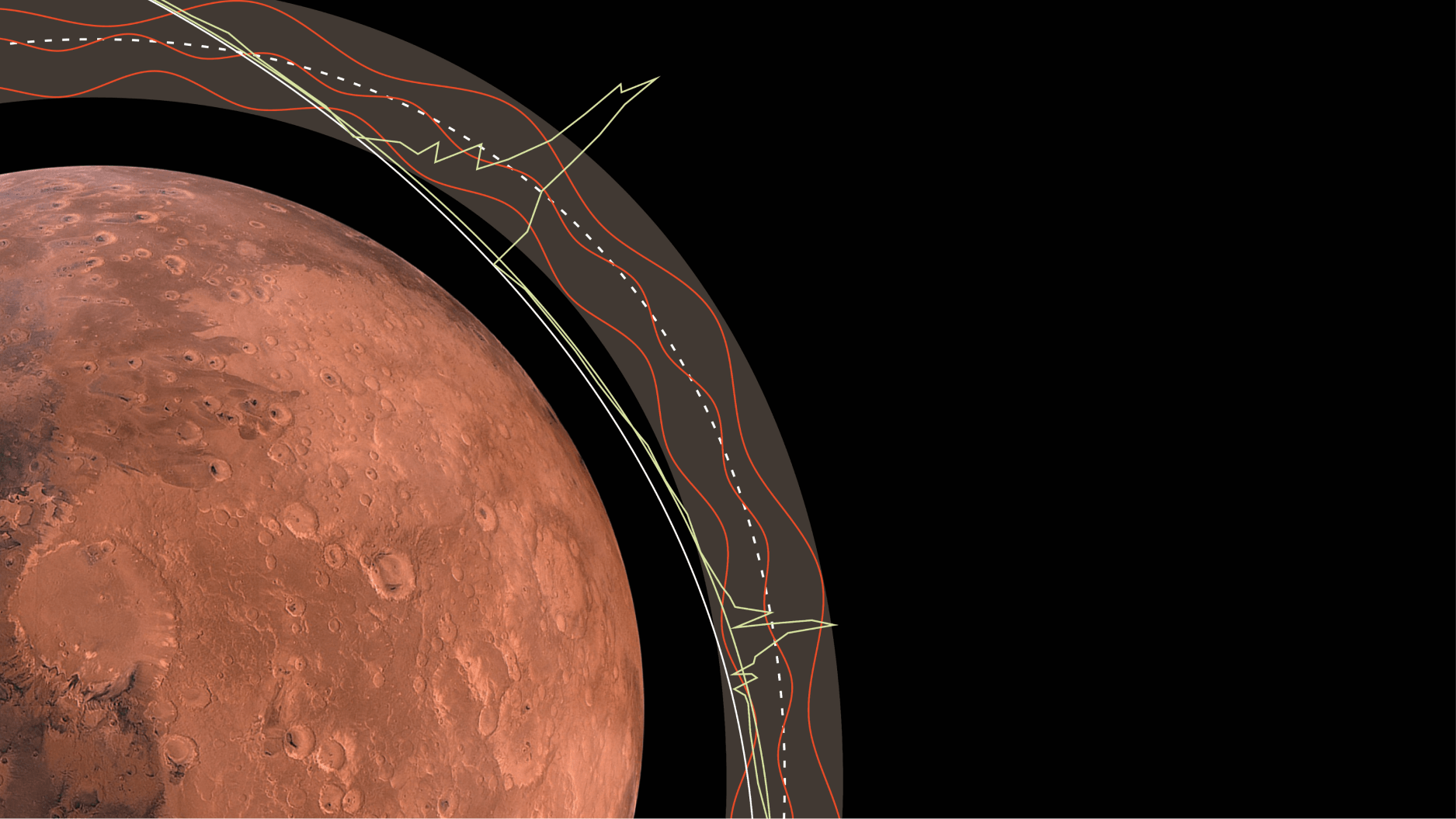Astronomers detect signs of “galactic cannibalism”

Photo by Jeremy Thomas on Unsplash
The Milky Way is surrounded by dozens of dwarf galaxies that are thought to be relics of the very first galaxies in the universe.
Among the most primitive of these galactic fossils is Tucana II — an ultrafaint dwarf galaxy that is about 50 kiloparsecs, or 163,000 light years, from Earth.
Now MIT astrophysicists have detected stars at the edge of Tucana II, in a configuration that is surprisingly far from its center but nevertheless caught up in the tiny galaxy’s gravitational pull. This is the first evidence that Tucana II hosts an extended dark matter halo — a region of gravitationally bound matter that the researchers calculated to be three to five times more massive than scientists had estimated. This discovery of far-flung stars in an ancient dwarf galaxy implies that the very first galaxies in the universe were also likely extended and more massive than previously thought.
“Tucana II has a lot more mass than we thought, in order to bound these stars that are so far away,” says MIT graduate student Anirudh Chiti. “This means that other relic first galaxies probably have these kinds of extended halos too.”
The researchers also determined that the stars on the outskirts of Tucana II are more primitive than the stars at the galaxy’s core. This is the first evidence of such a stellar imbalance in an ultrafaint dwarf galaxy.
The unique configuration suggests that the ancient galaxy may have been the product of one of the first mergers in the universe, between two infant galaxies — one slightly less primitive than the other.
“We may be seeing the first signature of galactic cannibalism,” says Anna Frebel, the Silverman Family Career Development Associate Professor of Physics at MIT. “One galaxy may have eaten one of its slightly smaller, more primitive neighbors, that then spilled all its stars into the outskirts.”
Frebel, Chiti, and their colleagues have published their results today in Nature Astronomy.
Not-so-wimpy galaxies
Tucana II is one of the most primitive dwarf galaxies known, based on the metal content of its stars. Stars with low metal content likely formed very early on, when the universe was not yet producing heavy elements. In the case of Tucana II, astronomers had previously identified a handful of stars around the galaxy’s core with such low metal content that the galaxy was deemed the most chemically primitive of the known ultrafaint dwarf galaxies.
Chiti and Frebel wondered whether the ancient galaxy might harbor other, even older stars, that might shed light on the formation of the universe’s first galaxies. To test this idea, they obtained observations of Tucana II through the SkyMapper Telescope, an optical ground-based telescope in Australia that takes in wide views of the southern sky.
The team used an imaging filter on the telescope to spot primitive, metal-poor stars beyond the galaxy’s core. The team ran an algorithm, developed by Chiti, through the filtered data to efficiently pick out stars with low metal content, including the previously identified stars at the center and nine new stars much further out from the galactic core.
“Ani’s analysis shows a kinematic conection, that these far-out stars move in lockstep with the inner stars, like bathwater going down the drain,” Frebel adds.
The results suggest that Tucana II must have an extended dark matter halo that is three to five times more massive than previously thought, in order for it to keep a gravitational hold on these far-off stars. Dark matter is a hypothetical type of matter that is thought to make up more than 85 percent of the universe. Every galaxy is thought to be held together by a local concentration, or halo, of dark matter.
“Without dark matter, galaxies would just fly apart,” Chiti. says. “[Dark matter] is a crucial ingredient in making a galaxy and holding it together.”
The team’s results are the first evidence that an ultrafaint dwarf galaxy can harbor an extended dark matter halo.
“This probably also means that the earliest galaxies formed in much larger dark matter halos than previously thought,” Frebel says. “We have thought that the first galaxies were the tiniest, wimpiest galaxies. But they actually may have been several times larger than we thought, and not so tiny after all.”
“A cannibalistic history”
Chiti and Frebel followed up their initial results with observations of Tucana II taken by the Magellan Telescopes in Chile. With Magellan, the team focused in on the galaxy’s metal-poor stars to derive their relative metallicities, and discovered the outer stars were three times more metal-poor, and therefore more primitive, than those at the center.
“This is the first time we’ve seen something that looks like a chemical difference beween the inner and outer stars in an ancient galaxy,” Chiti says.
A likely explanation for the imbalance may be an early galactic merger, in which a small galaxy — possibly among the first generation of galaxies to form in the universe — swallowed another nearby galaxy. This galactic cannibalism occurs constantly throughout the universe today, but it was unclear whether early galaxies merged in a similar way.
“Tucana II will eventually be eaten by the Milky Way, no mercy,” Frebel says. “And it turns out this ancient galaxy may have its own cannibalistic history.”
The team plans to use their approach to observe other ultrafaint dwarf galaxies around the Milky Way, in hopes of discovering even older, farther-flung stars.
“There are likely many more systems, perhaps all of them, that have these stars blinking in their outskirts,” Frebel says.
This research was supported, in part, by NASA and the National Science Foundation.
Reprinted with permission of MIT News. Read the original article.





